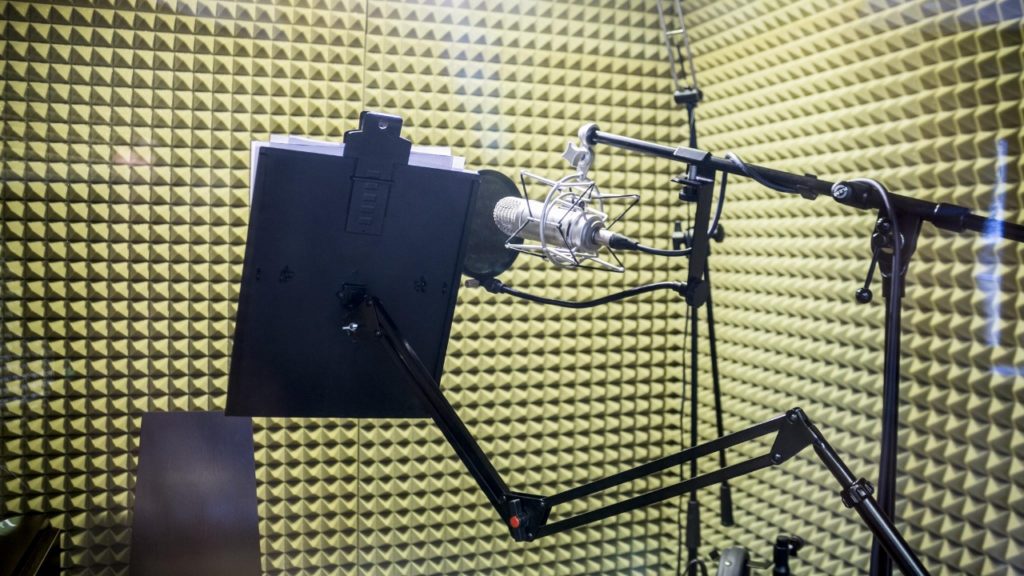Tips on Having Great Post Production
Of the three stages of production, pre-production, production and post production, filmmakers often find themselves in a perpetual pre-production stage and then lack the time on post production. We’ve put together a list of tips on having great post production to help you get the most out of your film project. Follow the steps below, and create a film post production checklist to help you meet the demands of film completion.

Choose an Editing Format
The first step in post production is to choose an editing format. Most filmmakers choose to edit film digitally rather than using the old shoot and edit or splice film on film editing techniques. If you’re going to digitally edit in post production, make sure you get all your rushes digitized for your appropriate use.
Hire an Editor
The editor’s job is to create an Edit Decision List (EDL) that will include details as to what rushes will make the story better. The editor will cut the film according to his or her opinion so be sure you choose an editor that is experienced in post production film editing.
It’s a good idea to start thinking about the editor before the film goes into production this way the editor can advice on the appropriate types of shots needed and you can avoid potentially tricky post-production editing techniques later on.
Hire a Sound Editor
Once the picture film is together it’s time to hire a sound editor to enhance the look with sound. You will likely need the sound editor for a period of five or six weeks to work in post production cutting dialogue tracks, recreating sound effects, and preparing cue sheets for simplifying in The Mix.

Prepare Automatic Dialogue Replacement
Automatic Dialogue Replacement or ADR is the process of bringing in actors to lip sync and loop dialogue that wasn’t sharp or clear the first time around.
Bring in the Foley Artists
Foley Artists are sound people sometimes referred to as walkers that include things like the noise of footsteps or various other simple sound effects into the film. The Foley Artists will come into a large room, similar to the ADR room for their part in the post production process.

Secure Musical Rights
If you haven’t purchased the rights to a song, don’t use it in your film! Period! In fact, don’t use public domain or classical music or any other kind of music in your production unless you have purchased the musical rights to do so. In fact, an even better idea versus purchasing musical rights from existing sounds would be to hire a musician with his or her own studio to produce original songs and tunes that you own the rights to.
The Mix
You have sound dialogue, including Foley, ADR and Music, now you need to layer them all on top of each other so that you have the artificial sound depth otherwise known as The Mix. Now is the time in post production that you re-record and mix everything together.
Get Music and Effects
In the future, you will be selling rights to the film to foreign nations so now is the time to ensure that a sound track with English dialogue can be dubbed. You will need M&E or Music and Effects.
You may decide to wait until you’re at a point in post production where the sale demands an M&E track before you invest in this portion of production–often times, this will allow you to have already recuperated some of the film funding back from sales prior to dishing more money out.
Prepare Opening Titles
One editing is done and you have final pieces ready for the answer print, you can determine your six-to-eight Opening Title Cards and the Rear Title Crawl. These are files that are added to the master track of your production.
Create a Digital Cinema Package
The digital cinema package contains a hard drive final copy of your film that is encoded for play in cinemas. This is a necessary step in the post production checklist if you intend to show your video in the cinema once or several hundred times.

Prepare Dialogue Script
The dialogue script is provided to foreign territories to dub or subtitle the film appropriately. It includes a precise time code for each set of dialogue that occurs so that the subtitler or dubbing artist knows where to place their dialogue.
Prepare a Campaign Image
The campaign image is the first picture that someone will see in relation to your film Whether it’s a prospective distributor or a festival programmer, now is the time to combine the image with titles and credits to let the viewer know exactly what the film is about. Please don’t skip this very important part of film post production.
Get a Film Trailer
The trailer will be used to captivate your potential audience. The trailer is a 90-120 second trailer that will convey the mood and atmosphere of your movie production. Now’s your very final chance in post production to make it count!
